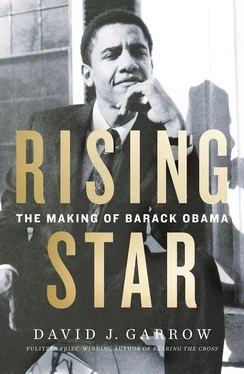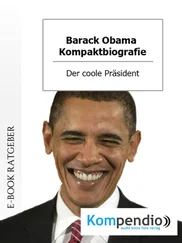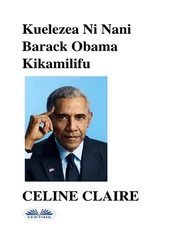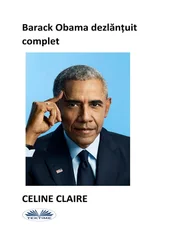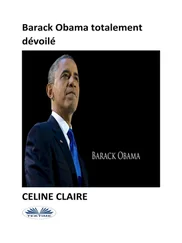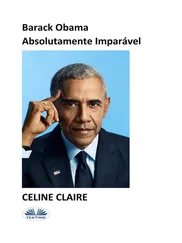
CHICAGO’S FAR SOUTH SIDE
MARCH 1980–JULY 1985
Frank Lumpkin never forgot the first phone call that afternoon. Although he was off work that Friday with a broken foot, he had stopped by the pay office at Wisconsin Steel, where he’d labored for more than thirty years, to pick up checks totaling $8,084.57, money he was due in back vacation pay. He still had thirteen weeks of vacation coming, accumulated over five years, and he was about to take a long-planned trip to Africa. But March 28—“Black Friday,” as it would be called—was about to become absolutely unforgettable.
Wisconsin Steel’s hulking metal sheds stretched south and a bit eastward from the intersection of Torrence Avenue and East 106th Street in a neighborhood that most residents called Irondale, even if Chicago city maps labeled it South Deering. William Deering was a long-forgotten industrialist who had cofounded International Harvester Company in 1902; Wisconsin’s oldest corporate ancestor, Brown’s Mill, dated from 1875 and had been South Chicago’s first steel plant. Six years later, Andrew Carnegie opened a larger mill just north from where the Calumet River flowed into Lake Michigan, and by the dawn of the twentieth century the southwestern crescent of that lakeshore, stretching from the Calumet eastward across the Indiana state line to Gary and Burns Harbor, had become the most dense concentration of steel mills in the world.
Steelmaking was dangerous and strenuous work, as Frank Lumpkin well knew, but steelworkers had significant freedoms. “There were no time clocks, and they could come out for lunch,” a nearby barber recounted. “The workers figured that they could get their hair cut on company time because it grows on company time.”
By 1980 the region’s mills had sustained generation after generation of working-class families whose breadwinners didn’t need to graduate high school to get jobs that paid three times what college graduates could earn as public school teachers.
Frank and his wife Bea had raised four children during their thirty-one years of marriage, and they had just moved to South Shore, a middle-class neighborhood a bit northwest of where Carnegie’s mill—now United States Steel’s huge South Works—employed almost three times the 3,450 men who worked at Wisconsin. South Shore was a comfortable area for an interracial couple—Frank was black, Bea white—and tolerant too of a couple who had spent many years as dedicated members of the Communist Party USA. Frank’s fellow workers at Wisconsin—black, white, and Hispanic—didn’t view him as a radical, just an outgoing man who had worked his way up through the odd series of job titles a steel mill offered: chipper, scarfer, millwright.
A little after 3:00 P.M. that Friday, Frank limped across Torrence Avenue to the Progressive Steel Workers (PSW) union hall, just north of 107th Street. The PSW was a so-called “independent” union, not part of the United Steelworkers of America or any labor federation, but it was actually no more “independent” than it was “progressive.” Its first president, William Reilly, was a Wisconsin steelworker, but he left his union post to become chief labor spokesman for International Harvester, Wisconsin Steel’s corporate owner. PSW’s current president, forty-three-year-old Leonard “Tony” Roque, had been in office since 1973, and he had engineered an almost 50 percent increase in union dues, increased his own salary by thousands of dollars, and was overseeing a $150,000 expansion of the union hall. Roque was widely seen as nothing more than a flunky for the political king of South Chicago, 10th Ward alderman Edward R. “Fast Eddie” Vrdolyak, whose law firm received an annual retainer of $30,000 from the PSW and whose election campaigns the union also contributed to. Vrdolyak was a graduate of the University of Chicago’s highly prestigious law school, but some acquaintances remembered him more for the charge of attempted murder that had been filed against him, and then dropped, during his law school years.
The phone call Frank would always remember came when he was speaking with union vice president Steve Plesha at about 3:30 P.M. The message was abrupt: Wisconsin Steel was closing, the workers were being sent home, and the gates were being locked.
“He looked at me and I looked at him because I couldn’t believe it. I had just been there twenty minutes ago,” Frank recalled a decade later. What’s more, just the night before PSW had held a meeting where both Roque and Ronald K. Linde, board chairman of Wisconsin Steel’s new owner, Envirodyne Industries, had reassured some fifteen hundred members that reports about Wisconsin possibly closing were incorrect.
But the 3:30 P.M. phone call should have been less surprising than it was. Three weeks earlier, Crain’s Chicago Business—in fairness, a publication not often read by South Chicago steelworkers—had reported that Wisconsin faced “imminent bankruptcy” because its former corporate owner, International Harvester, which still bought some 40 percent of its steel from Wisconsin for use in Harvester’s farm equipment, was increasingly crippled by an ongoing United Auto Workers strike that had begun on November 1, 1979. Ironically, November 1 had also been the date when Wisconsin’s new owner, Envirodyne Industries, secured a package of loans, guaranteed by the U.S. Department of Commerce’s Economic Development Administration (EDA), to modernize its plant.
International Harvester had begun trying to sell Wisconsin in 1975, and for good reason: in 1976, Wisconsin lost $4.6 million, bringing its cumulative losses since 1970 to $77 million. By early 1977 Harvester was in serious discussions with Envirodyne, a tiny enterprise boasting just a dozen employees that focused on acquiring larger companies through stock swaps. Envirodyne had no experience in the steel industry and badly needed cash to cover an existing bank loan, but Harvester was willing to accept $50 million in notes, secured primarily by the two iron ore mines in upper Michigan, one ore ship, and coal properties in Kentucky that Wisconsin Steel also owned. More crucially, Chase Manhattan Bank was willing to provide $15 million in cash to Envirodyne. The Chicago Tribune labeled the purchase “a minnow trying to swallow a whale,” but nonetheless the sale closed on July 31, 1977, and Wisconsin’s hefty ongoing annual losses continued: $32 million on revenues of $236 million in the twelve months ending in September 1979. Thanks to EDA’s loan guarantees, six insurance companies provided $75 million, and Chase Manhattan ponied up another $15 million for current operating expenses.
The Crain’s story went on to say that “without a strong infusion of working capital,” beyond the 1979 loans, “Wisconsin’s collapse is unavoidable,” and on March 27, the Chicago Tribune’s widely respected business editor, Richard Longworth, reported that the second $15 million from Chase had been expended and that the federal EDA would support additional money for Wisconsin only if International Harvester would advance Wisconsin new funds too.
Harvester, which had recently sustained losses of $225 million during the first quarter of its 1979–80 fiscal year, worried that Wisconsin’s iron and coal mine assets were vulnerable to potential seizure by external creditors. Thus, earlier on March 28, Harvester foreclosed on those properties and the ore ship. But Harvester had failed to consult with Chase Manhattan before acting, and, according to Wisconsin plant manager George J. Harper, several hours later, Chase “impounded all our inventories and stopped all our shipments. At that point, we were literally dead,” Harper explained. “We had to start telling the workers that we were shut down.”
Читать дальше
